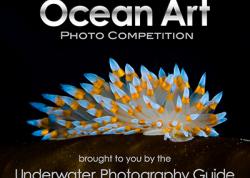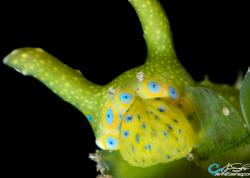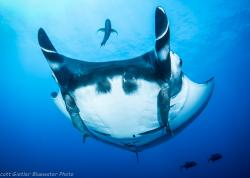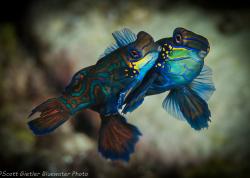Underwater Photography Equipment
There is no getting around it; underwater photography can be an equipment intensive hobby. However, it's possible to get started for less than a thousand dollars. Whether you are buying your first compact, or thinking about getting a dSLR, there is information about underwater photography equipment to help you in this section.
This chapter covers compact & dSLR cameras, underwater housings, lenses, strobes, arms, ports, TTL converters, sync & fiber optic cords, focus lights, and equipment costs.
Quick Links
Camera Guide | Housings | Strobe Guide | Ports
Lenses | Focus Lights | TTL | Cords & Arms | Costs
A note on prices - I try to give information on prices wherever possible. I am in the United States so prices are in US dollars. Keep in mind some of this gear may cost more in your home country.
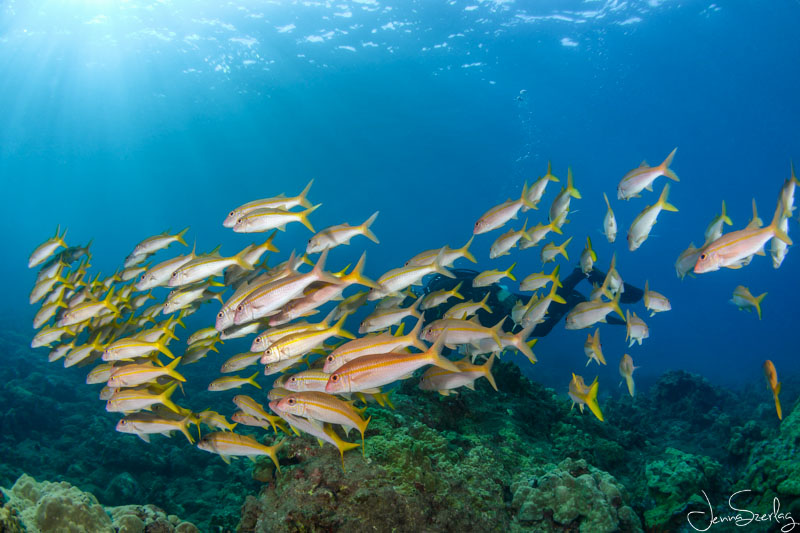
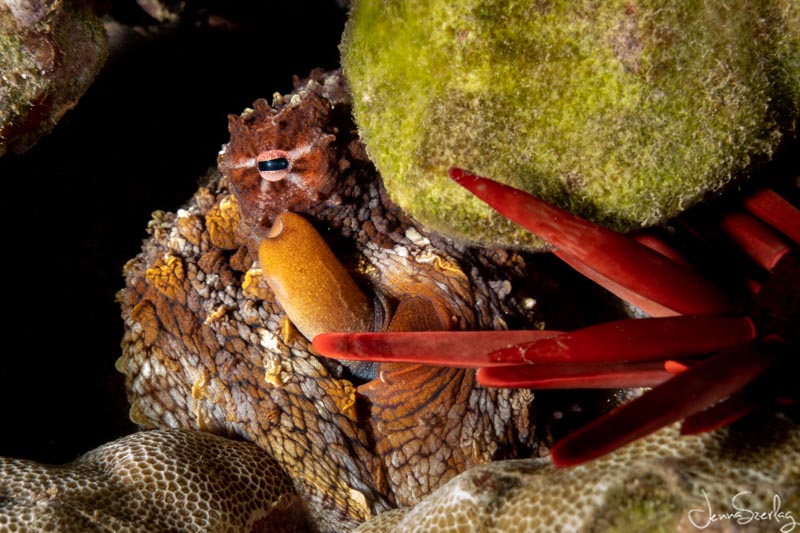
What Should You Buy?
Before we dive into a discussion about the equipment, lets assume you are ready to spend more than $600 on your setup. What should you spend your money on? Here is an extensive article listing current, up to date cameras available for underwater photography as of 2020.
1) Decide whether you are getting a compact camera or a dSLR. See the article on deciding between a compact vs dSLR. If you are a compact user, I suggest you get one of the cameras in the recommended underwater camera section, or a similar camera. If you ever think you will want to shoot ultra-wide angle, or super macro, make sure your camera & housing combination supports the add-on wet lens you think you will need.
If you are unsure, go the dSLR route. If it's stretching your budget, get the least expensive used housing & body you can find, any strobe, and one good lens. If your budget allows to go for a dSLR then your next decision is whether to go to a full frame sensor or one with a cropped sensor. See the dSLR Camera chart for help in choosing what type of dSLR camera bodies to research.
If you do decide on going with a dSLR, check out the dSLR underwater housing buyers guide, which discusses how to get a strobe, ports, and other info too.
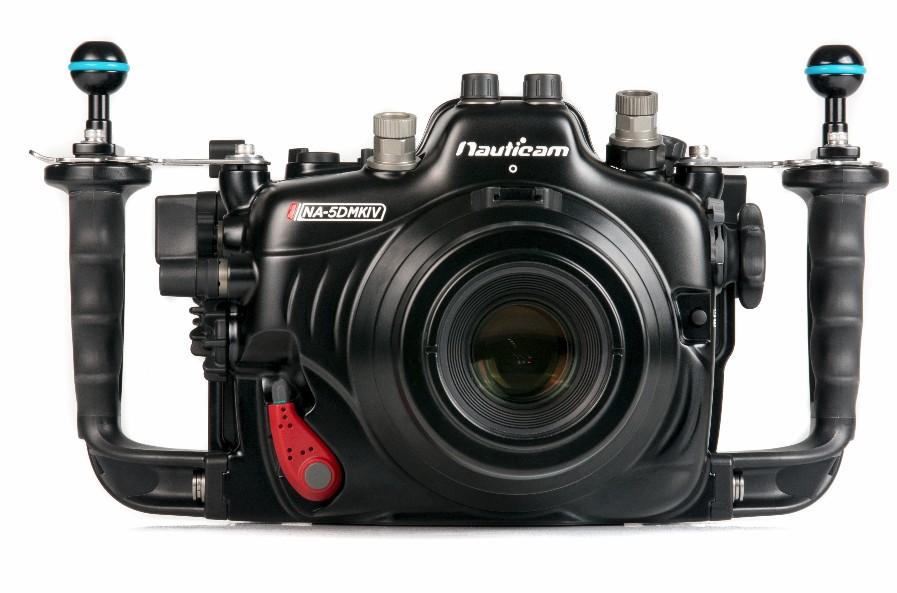
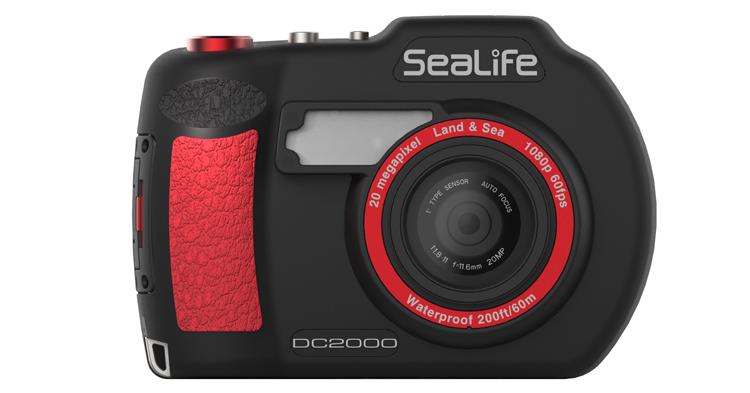
2) Lenses are the key to making good photographs and are often the most important choice you can make in underwater photography. A good collection of lenses is not a trivial investment however lenses are often useful for many years to come and many upgrades to your camera system. If quality image files are your priority, you must make sure your glass is top-notch. Glass is another term for a lens. Get yourself a good macro lens and/or a good wide angle lens, depending on where your interest lies.
Suggestions: Most camera manufacturers make excellent macro and wide angle lenses. In terms of macro lenses, a 60 mm focal length is probably best for beginners with a crop sensor dSLR, while a 100 or 105 mm lens is for more advanced photographers. Many third party manufacturers make excellent lenses such as the Tokina 10-17mm or 11-16mm. These lenses should last you forever, and will not lose their value. For compact users, try a INON fisheye or wide angle lens, and stacked INON UCL-165 macro lenses. Lenses generally hold their value very well, and in some cases have increased in value!
Click here for the best lenses for underwater.

3) Strobes - Preferably you will want two strobes, and the best you can afford. If you are only shooting macro, you can get away with one. Strobes will also last you a long time and can likely be intergrated with different systems if you choose to upgrade.

4) Underwater housing and ports. Keep in mind that camera bodies and housings can depreciate fairly quickly. Ideally, you will choose a housing and port within your budgetary restrictions.
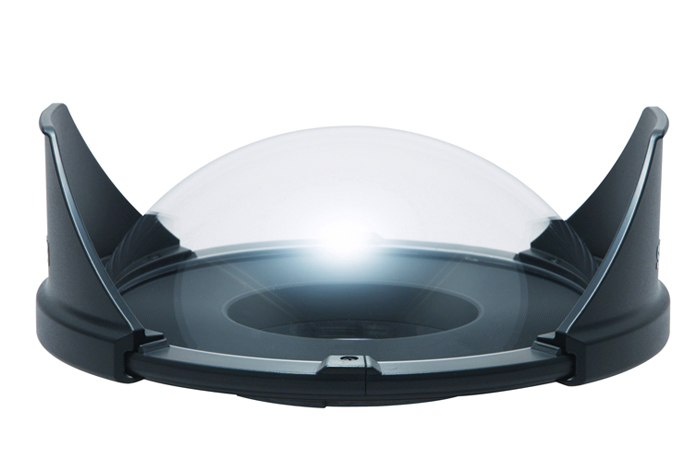
5) Last but not least, don't forget to protect and maintain your underwater equipment. There are some suggestions for additional items needed for protection and maintenance on this link as well.
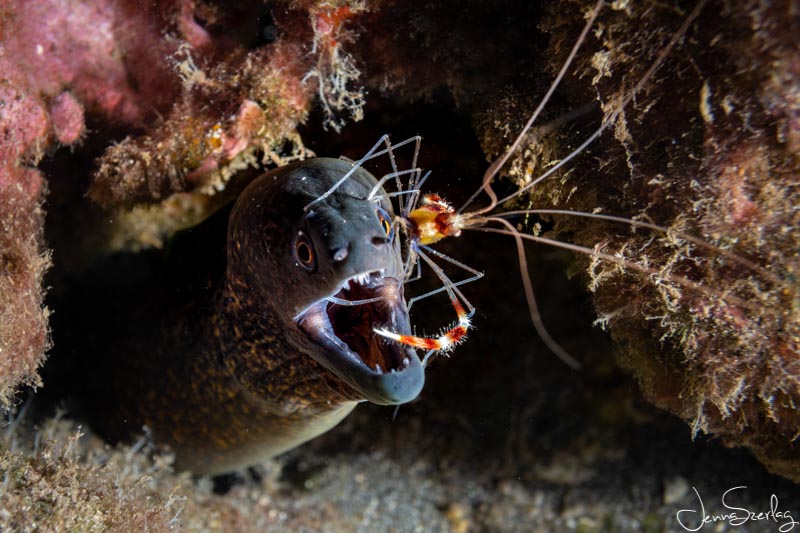
Lessons Learned
Here's a recent experience from a friend of mine who uses a compact camera:
From my latest experience (with a compact point and shoot), I followed the priority order in this guide (glass first) with my latest setup. I knew I wanted to do wide angle, so I looked at the Inon fisheye lens: what will work best with it for reasonable $$. It turned out to be a camera body (canon a570is) that I probably wouldn’t have considered had I started the process first with the camera body (maybe I would have bought the G9 or something like that). Previously, I had bought the Canon S80 thinking it’s a great camera, but back then didn’t know better to look for glass that would go with it. Thanks for your advice Scott!
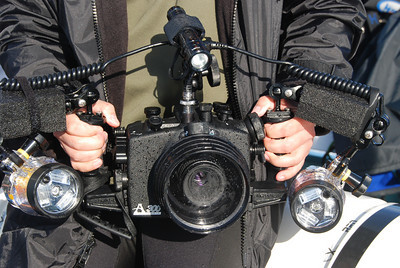
RECOMMENDED ARTICLES
SUPPORT THE UNDERWATER PHOTOGRAPHY GUIDE:
The Best Service & Prices on u/w Photo Gear
 Visit Bluewater Photo & Video for all your underwater photography and video gear. Click, or call the team at (310) 633-5052 for expert advice!
Visit Bluewater Photo & Video for all your underwater photography and video gear. Click, or call the team at (310) 633-5052 for expert advice!
The Best Pricing, Service & Expert Advice to Book your Dive Trips
 Bluewater Travel is your full-service scuba travel agency. Let our expert advisers plan and book your next dive vacation. Run by divers, for divers.
Bluewater Travel is your full-service scuba travel agency. Let our expert advisers plan and book your next dive vacation. Run by divers, for divers.






